Engineering Explained: How Chip Tuning Works
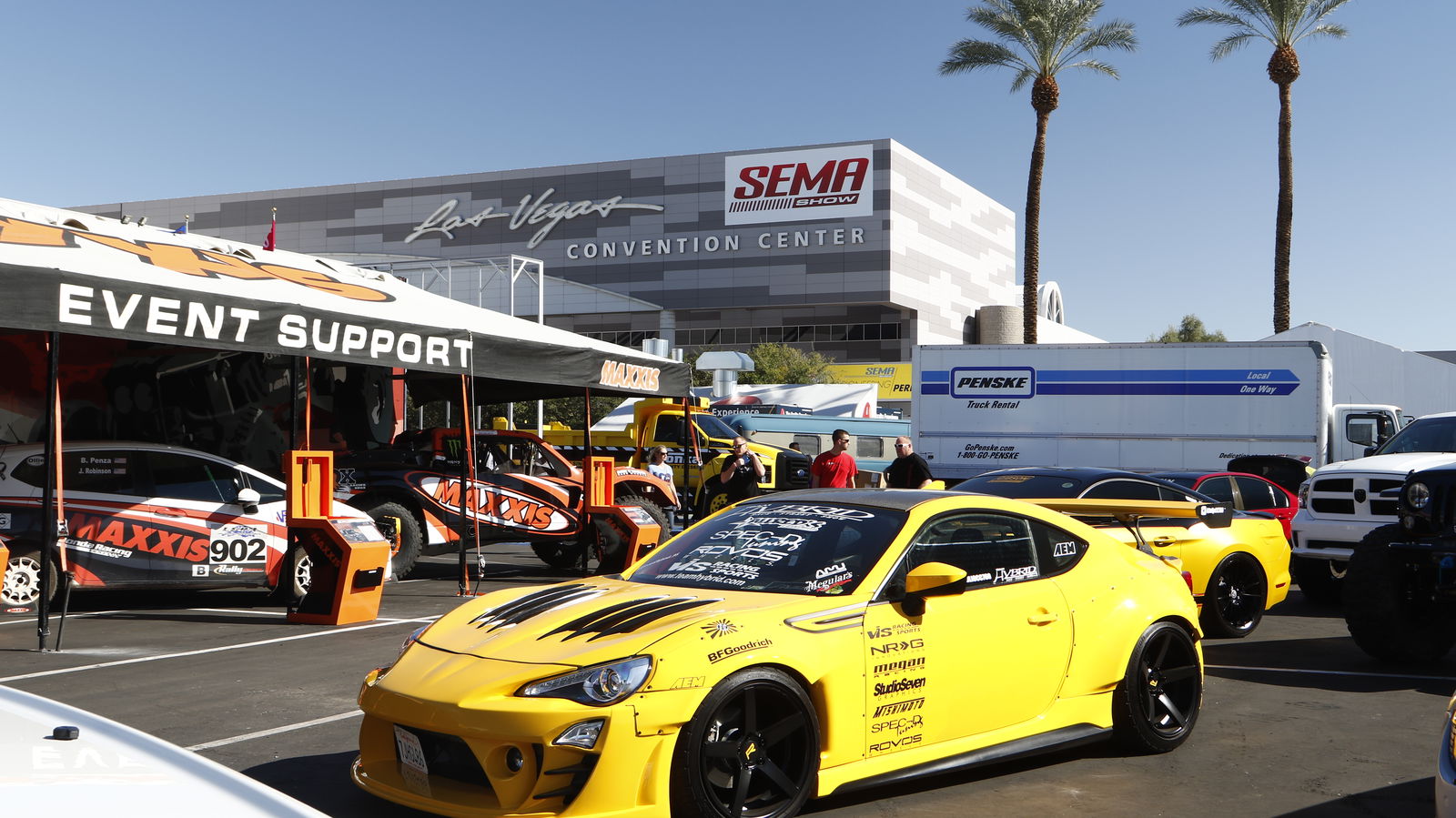
The idea of chip tuning initially sounds a bit too good to be true; adding horsepower without ever adding physical modifications? Is this really possible? Absolutely, and here’s how it’s done:
- Ignition Timing
- Air/Fuel Ratio
- More boost!
- Governors
- Launch Control
- Things To Consider
1. Ignition Timing
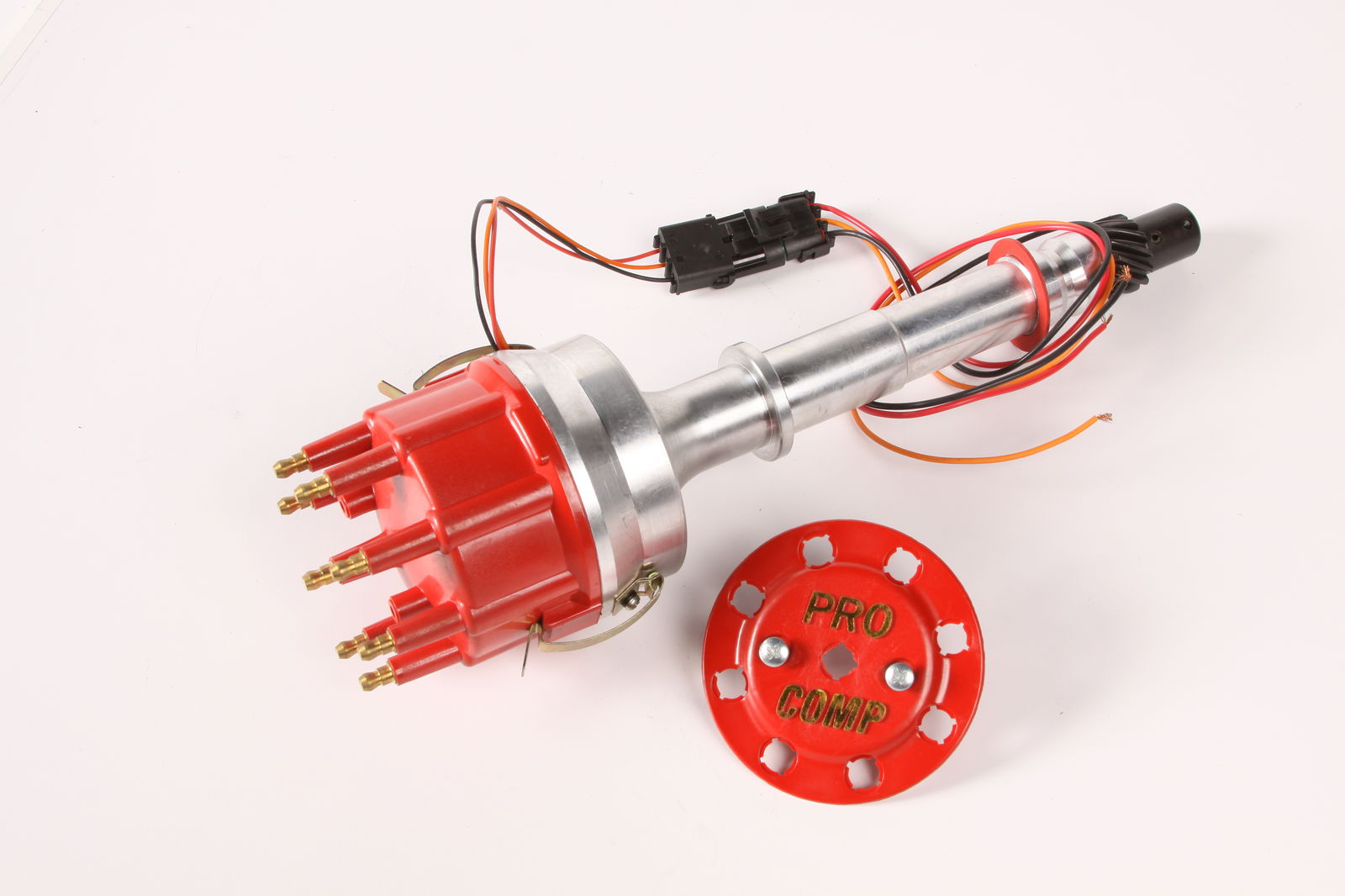
The idea behind ignition timing is simple. Think about a piston on its compression stroke. The cylinder is filled with an air fuel mixture, and your spark plug is awaiting the signal from the ECM to fire away. When this spark fires is critically important. If you fire too soon, you’re creating a force counter to what the engine is trying to achieve, since the piston is attempting to compress a mixture, and the combustion is supplying pressure to force it down. If you fire too late, you’re wasting energy, as you want to make sure that peak pressure occurs when the piston is very close to top dead centre, so that as much of the pressure generated is turned into useful work.
Here’s where things get a bit tricky. Although efficiency is obviously a priority for manufacturers, so is reliability. By advancing the timing (igniting the spark earlier) the probability of generating knock increases. Knock, if not properly addressed, can easily ruin an engine. Some cars will come with the capability to advance timing significantly, and they will often recommend premium octane fuels as these are less likely to generate knock. That said, manufacturers will still attempt to keep ignition timing within a safe range. By tuning the timing, especially in the case of using higher octane fuels or water/meth injection, you can unlock a lot of untapped potential.
Related article: High vs Low Octane Petrol
2. Air/Fuel Ratio (AFR)
Gasoline composed entirely of octane has a stoichiometric air/fuel ratio of 14.7:1. This ratio is by mass, meaning for every gram of fuel you burn, you will need 14.7 grams of air. According to SAE, maximum power is generated at an AFR of about 12.5:1, while maximum thermal efficiency is achieved at an AFR of about 16:1 (of course these numbers vary based on many engine parameters). Now it’s obvious why tuning AFR is going to mean more power. Although manufacturers want to generate maximum horsepower so the engine is fun and responsive for the driver, they also need to make sure the engine is efficient and meets government emissions regulations. This means a compromise must be made, so power is sacrificed in the name of better efficiency and fuel economy.
It’s important to understand that there are certainly other factors which need to be taken into consideration for AFR tuning. For example, with turbocharged applications, AFR well under 12.5:1 are often used in order to reduce combustion chamber temperatures, in order to have a system which runs much more reliably. Fuel economy may be significantly sacrificed in these situations, with power and reliability taking priority.
3. More Boost!
Admit it, boost makes you smile. Adding boost is one of the most simple ways of adding power to a forced induction engine. If a car comes with a factory turbo, often it’s tuned to keep boost levels reliable and efficient. By increasing boost, you’re increasing the amount of air packed into the cylinder. By adding air, you can now add more fuel. With more fuel burned, you can’t help but show your teeth from ear to ear.
Simple and effective, so what’s the drawback? By adding power, you’re increasing the pressure and heat in the cylinders. By adding pressure and heat, you’re adding stress. By adding stress, you reduce engine longevity. There really isn’t any way around that. If you want to go crazy with boost, you need to make sure the internal components can handle the added stress. This is why forged pistons, rods, and cranks are popular in the aftermarket. Although it may be very tempting to crank the boost on a stock engine, realise you’re waving goodbye to your warranty, and that you’ve significantly increased the probability of engine problems. It’s best practice to build the engine from the inside out in this situation.
4. Governors
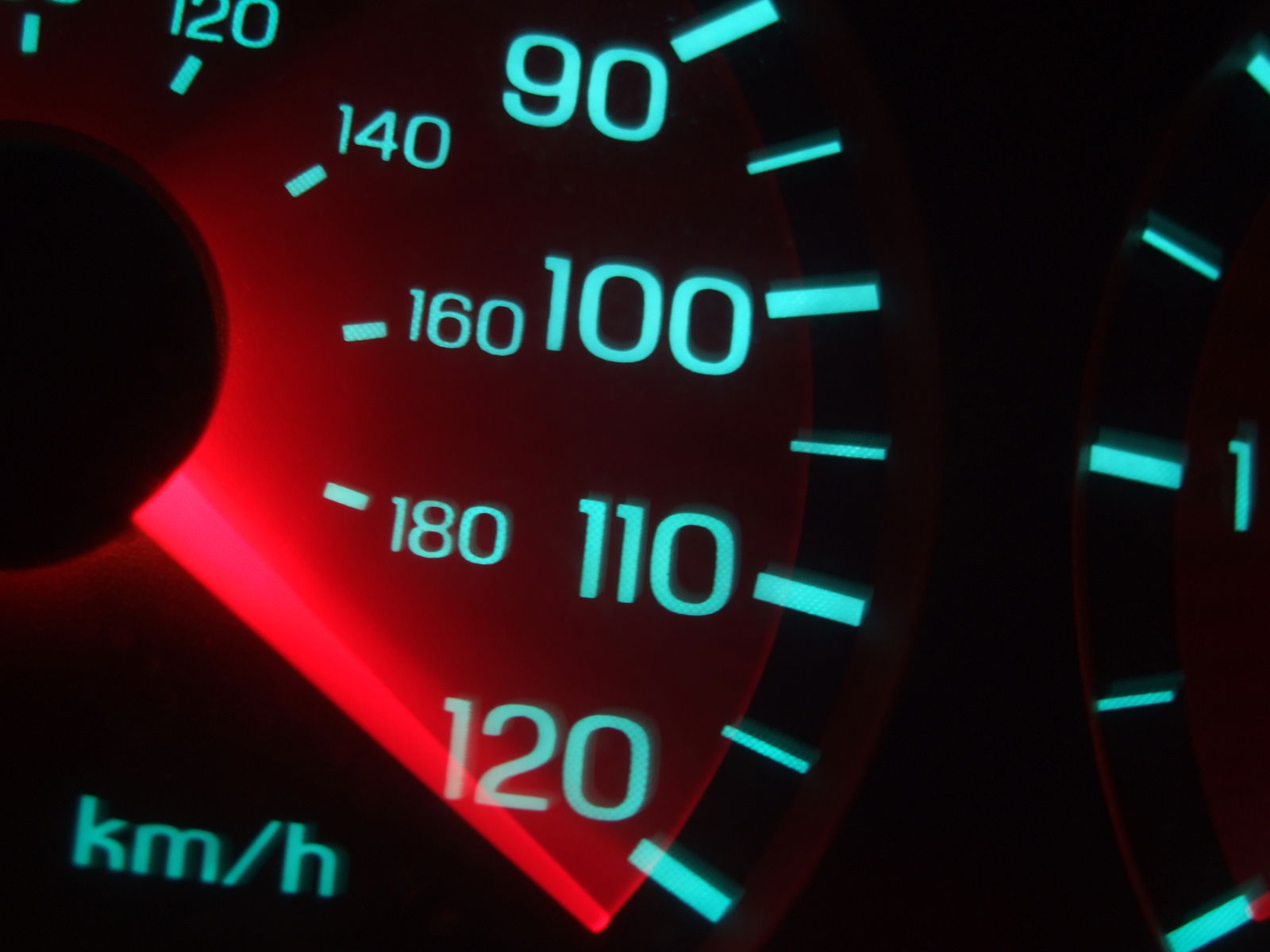
Sometimes manufacturers attempt to electronically limit your fun. RPM cutoffs will occur within safe boundaries, and often top speed is digitally governed. Often, there are very simple aftermarket plug and play solutions to raise the engine’s spark or fuel cutoff (peak RPM) or top speed.
Now before you think okay let’s just get rid of this, there are some additional factors worth considering. Regarding lifting the redline, your engine may not be able to flow enough air at higher speeds, or it may not reliably be able to spin any faster. There are certainly reasons why that redline is in place, so it’s best practice to build the engine for faster speeds, especially the valve train which may not be able to keep up with the airflow requirements. Additionally, top speeds can also be there for a reason. The stock tyres might not be rated for higher speeds, or other rotating components within the car. There’s a reason Bugatti recommends changing the tyres every 2500 miles, and having the wheels inspected for cracks and imbalances every 10,0000 miles. At high speeds, the slightest imperfections can have detrimental impacts.
5. Launch Control
Tuning doesn’t always have to be about adding power. There are features like launch control and flat foot shifting which can often be added with plug-and-play devices. Essentially what aftermarket launch control systems will do is hold the engine RPM at a selected speed while the vehicle is stationary. Once you dump the clutch, the RPM is no longer limited by launch control, and off you go.
6. Things To Consider
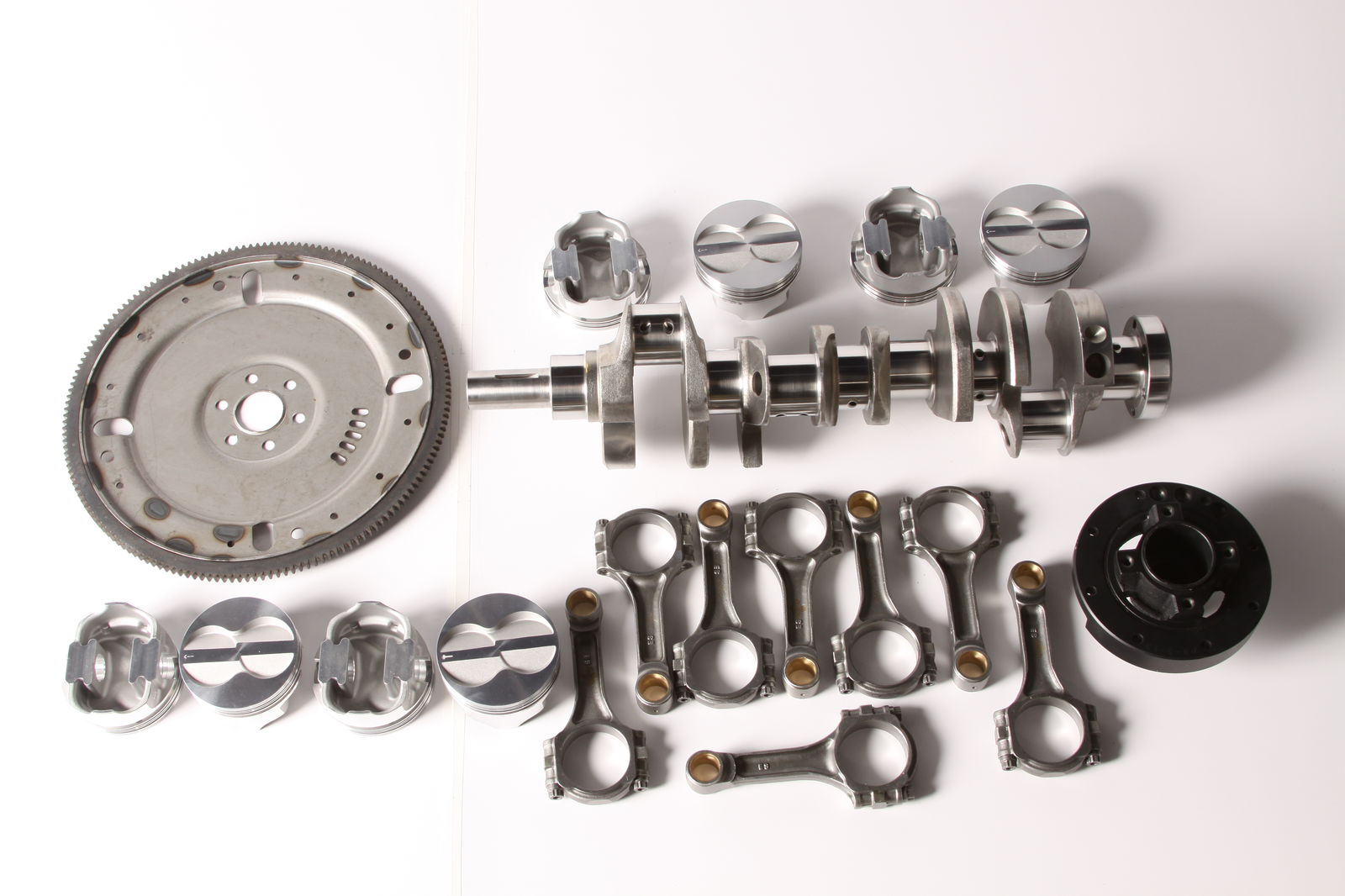
There are many companies which provide off the shelf tuning maps to a wide variety of cars. Though often these maps can be very beneficial in providing performance benefits, it’s important to remember that the longevity of your engine (and the warranty, obviously) has been reduced. It’s always a better idea, though more expensive, to have the car professionally tuned by a reputable company so that the boundaries and limits are safe. Though manufacturers would love to claim every engine they put out is exactly the same, the reality is that’s not the case, so tuning to your specific engine has its benefits.
Follow me on Car Throttle for more articles, videos and pics!
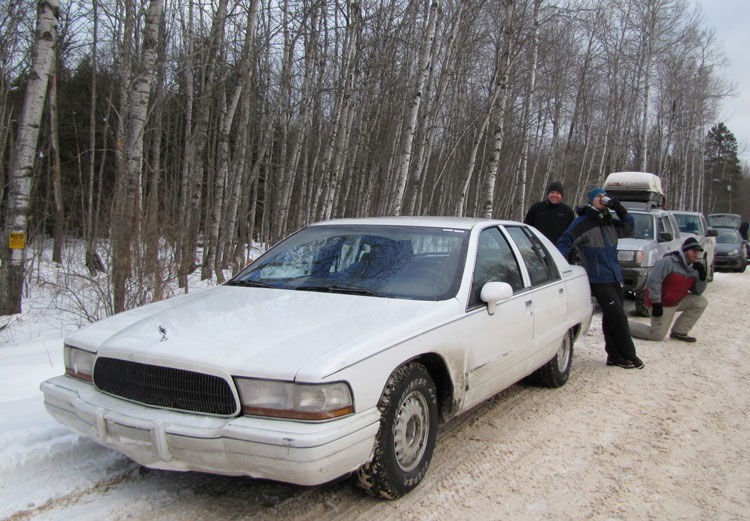

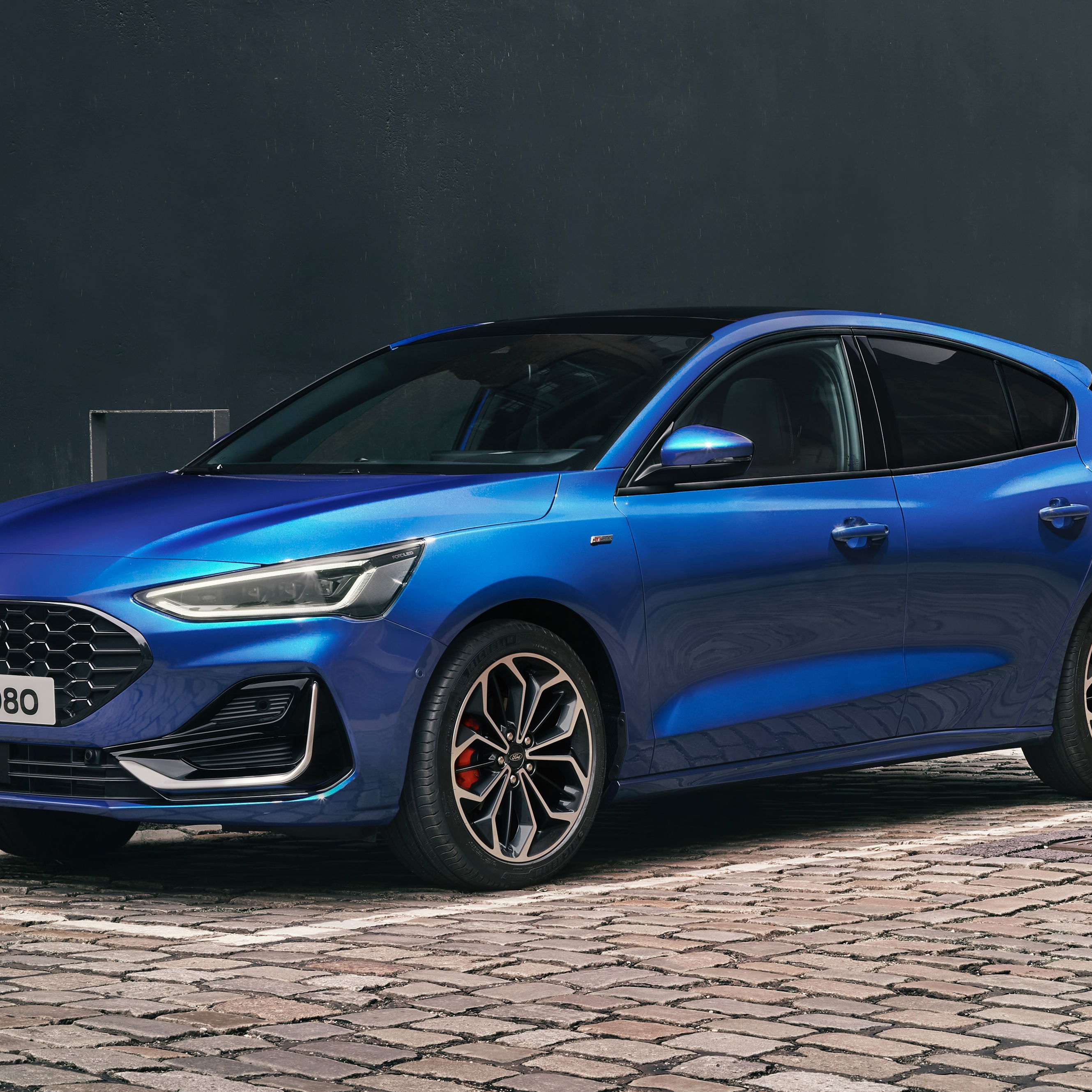
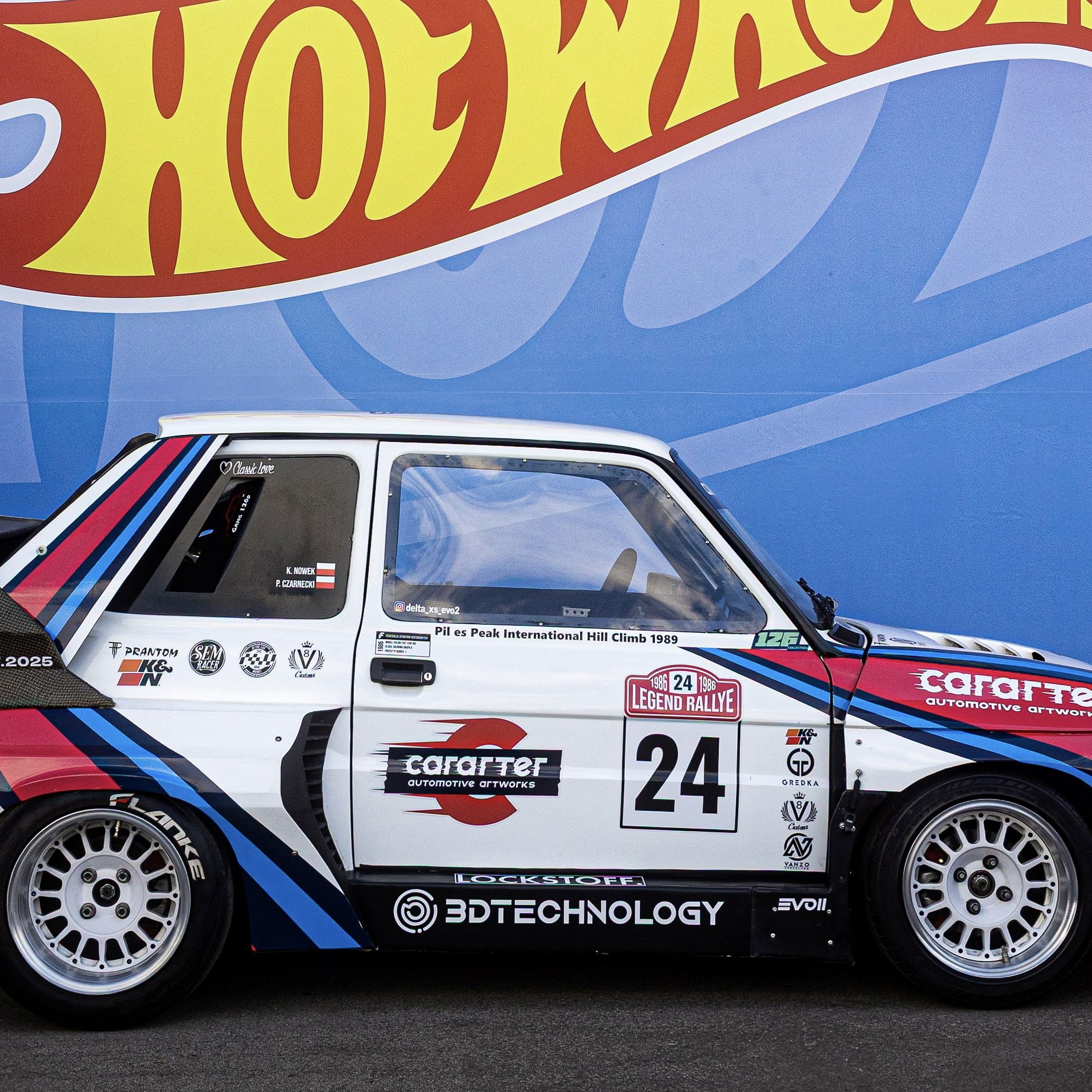
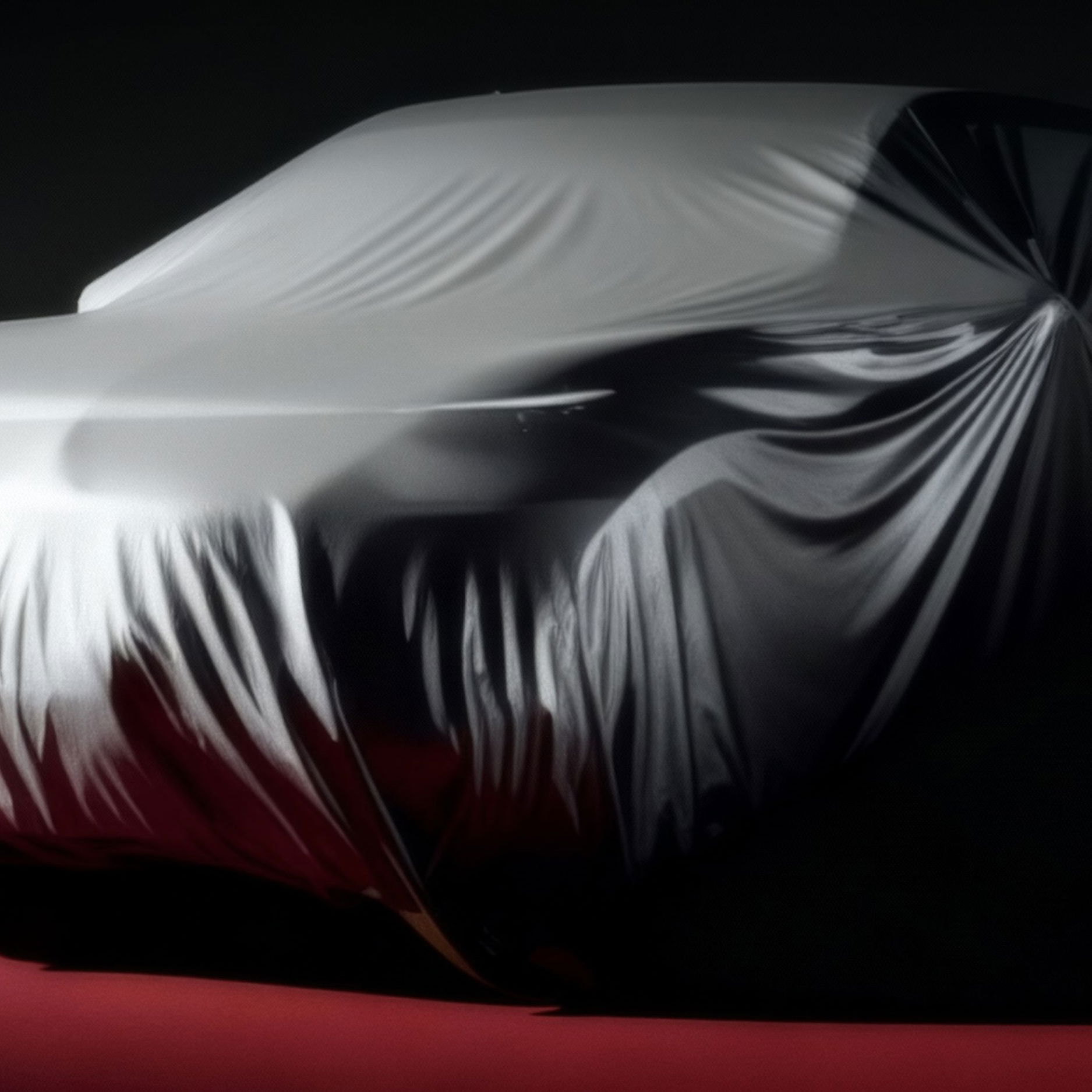
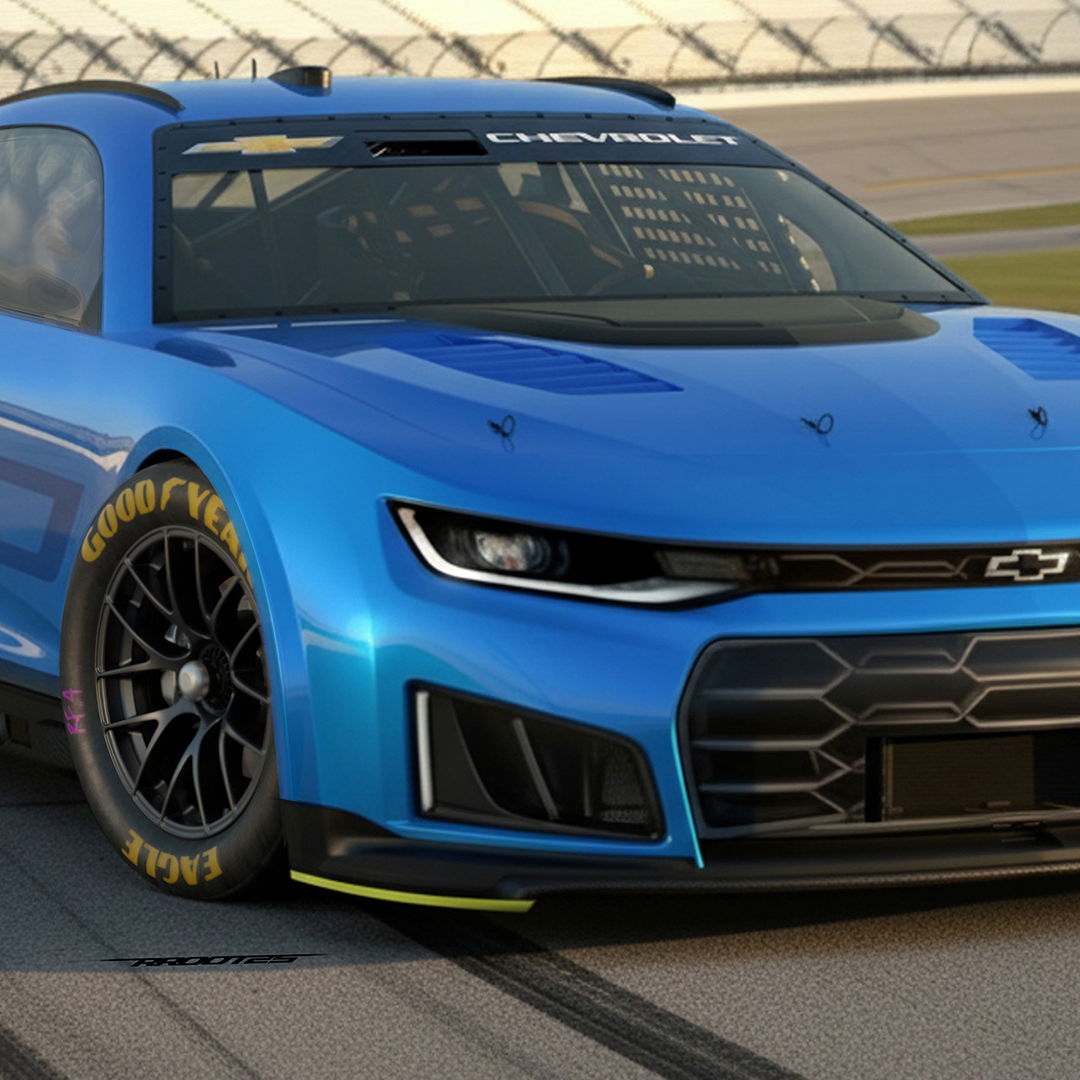



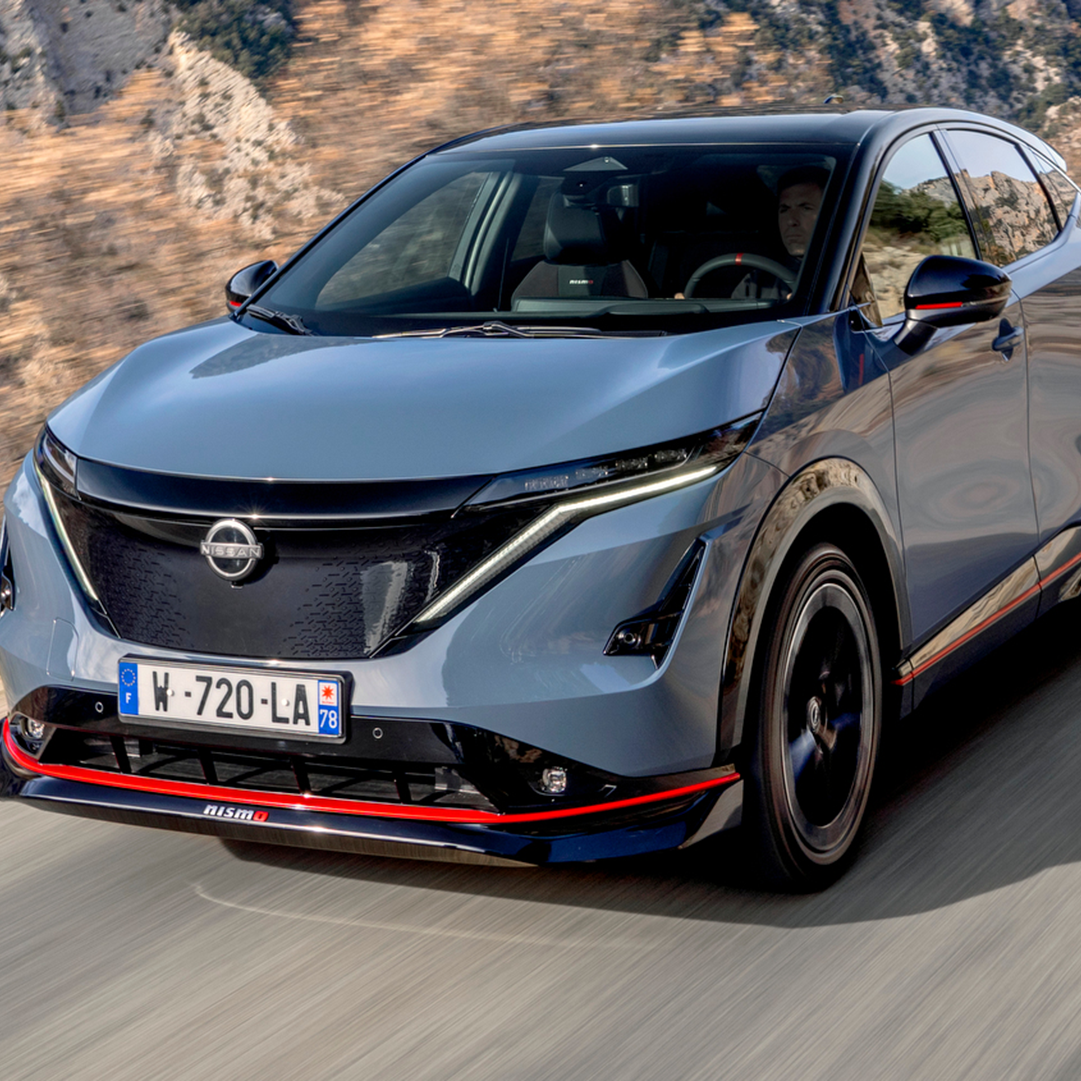


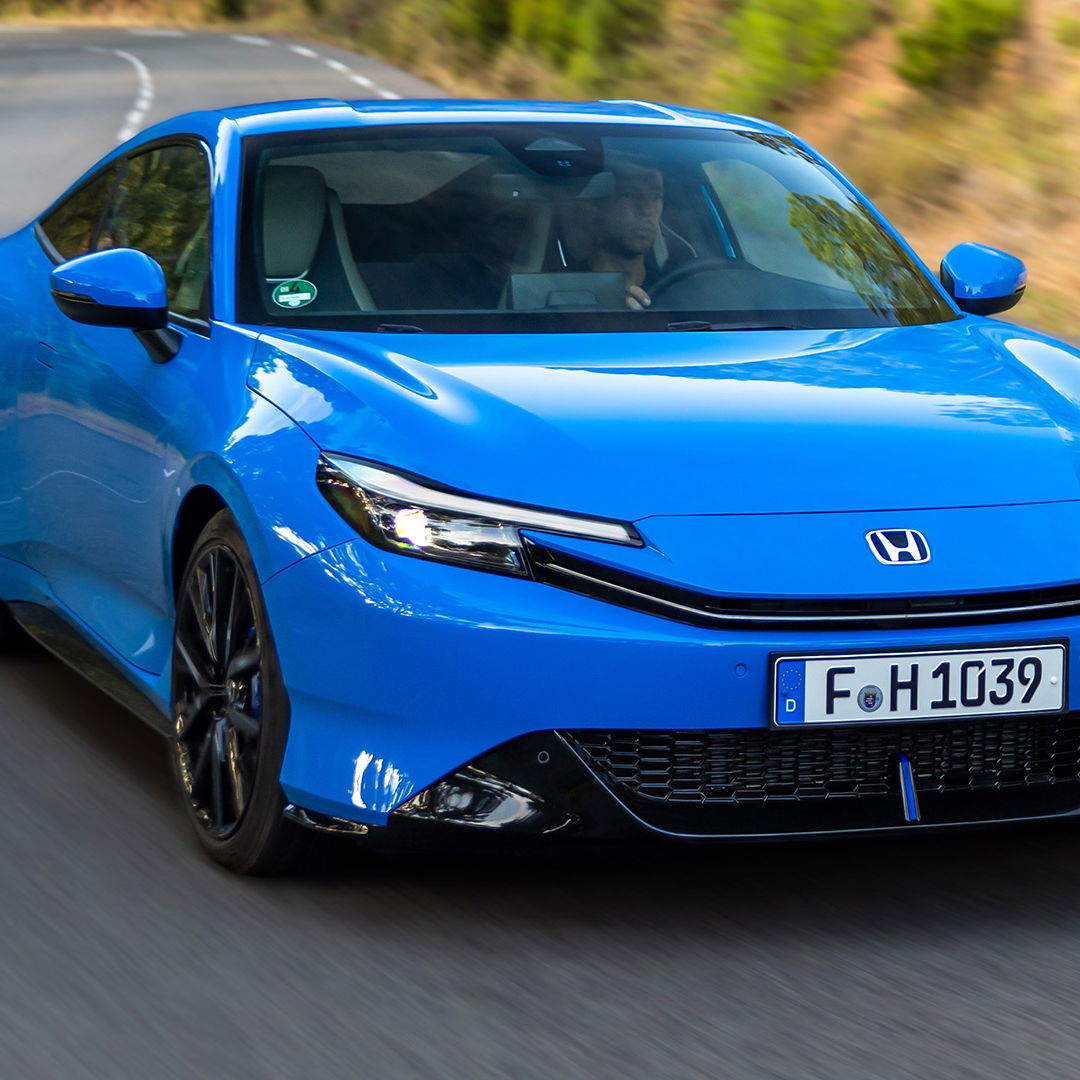
Comments